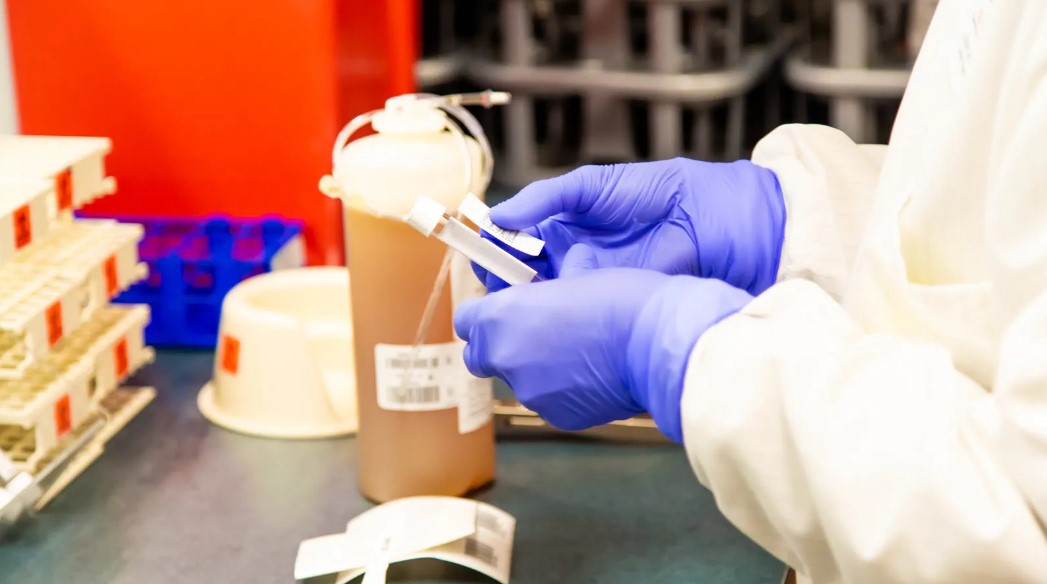Donating plasma is a great way to help save lives. However, there are specific requirements that you must meet before you can donate.
Donors are also subject to a rigorous screening process to ensure the safety of the plasma they provide to patients. This is partly to protect donors and prevent bloodborne diseases from spreading.
Age limits for plasma donation
You can donate blood and platelets at any age if you meet specific eligibility requirements. In addition, you should be in good health at the time of the donation.
Plasma donors must be at least 18 years old and weigh at least 110 pounds (50 kilograms). In addition, they must pass two medical examinations, a medical history screening, and testing for transmissible viruses before their donated plasma can be used to manufacture plasma protein therapies.
The age limits for plasma donation helps ensure that tainted blood supplies don’t make their way to patients who need lifesaving plasma therapies.
In addition to the age limit, potential donors must have a permanent address within 100 kilometers of a Canadian Plasma Resources facility. The Plasma Protein Therapeutic Association enforces Donor Recruiting Area (DRA) borders through the International Quality Plasma Program certification process.
Donating blood and plasma is a safe, voluntary, and rewarding experience. It’s also essential for people to give back to their community.
Requirements for donating
Plasma is a straw-colored liquid that transports needed proteins, clotting factors, and germ-fighting antibodies throughout your body. It comprises 92% water, 7% protein, and 1% sugar, fats, vitamins, and hormones.
To donate plasma, you must be in good health and meet specific requirements. This includes passing a brief physical exam and a medical history screening.
In addition, you should have a hemoglobin concentration within the healthy range to qualify. You should also be free from conditions that could disqualify you, like HIV or have ever had viral hepatitis A or B.
You should also be in good general health and weigh 110 pounds. If you need to know if you meet these qualifications, ask a donation center or your doctor before you make an appointment.
You should also get plenty of sleep the night before you donate and drink lots of water the day of your appointment. Donating can cause you to lose about 800 milliliters of blood volume, so be sure you’re well-hydrated.
Requirements for receiving a plasma donation
Plasma is a type of blood that can be used to treat various illnesses. It contains clotting factors, antibodies, and proteins needed to create medicines for patients.
Before donating, you must pass a series of screenings and tests to ensure your health is in good condition. This process is part of the safety standard for plasma donations to protect donors and those receiving them, many of whom have a compromised health status.
The plasma donation process is relatively painless for most people. Some may experience bruising from the needle, but this is usually gone within days.
It will help if you drink plenty of water the day before and during your donation to avoid dizziness, nausea, or lightheadedness. Eating a high-protein, iron-rich meal about 3 hours before your donation is also essential. This will help you get the most out of your time at the donation center and ensure that you are in good physical condition when you donate plasma.
How to donate
You need to know many things about plasma donation before you go and get your blood drawn. First, donors must be healthy and over 110 pounds, so check with your doctor to ensure you are in good health and can donate plasma.
When you arrive at the plasma donation center, a staffer will ask you to fill out a brief form and provide your medical history. They will also perform a physical exam and take your vital signs.
Once ready, a phlebotomist will clean your arm and insert a new, sterile needle. Then, they will attach you to a machine that separates your plasma from your blood cells.
The plasma is then returned to you through the same needle and saline fluids that help restore some of your body’s lost water. It takes about 40 minutes for the whole process.

